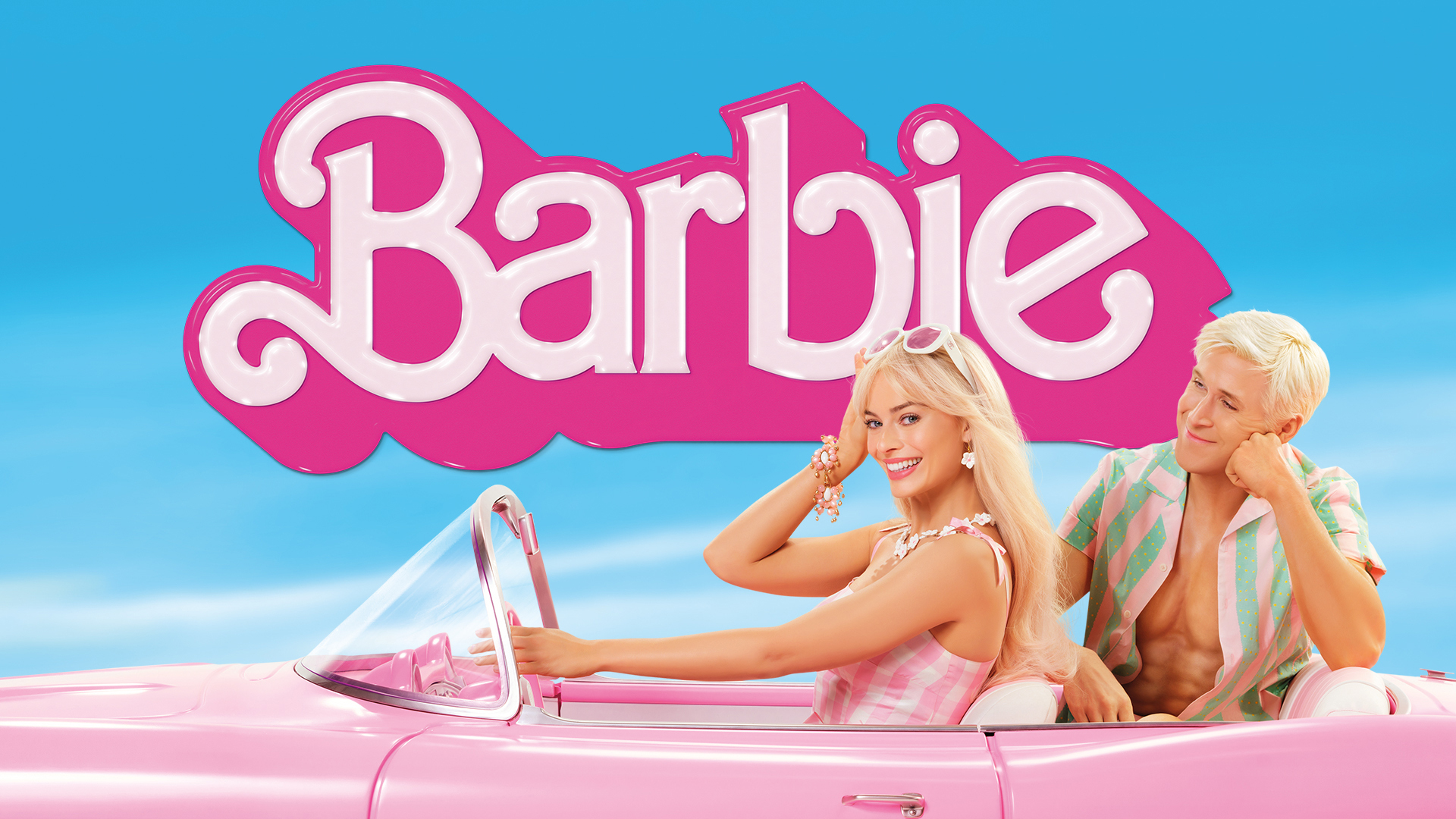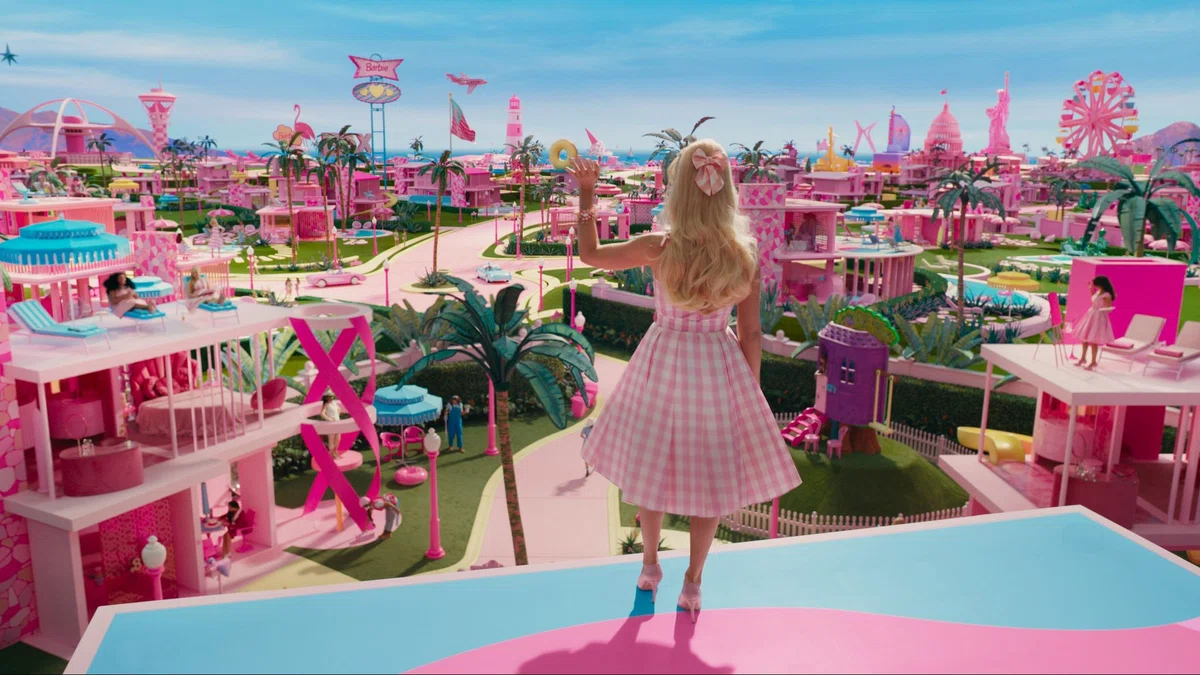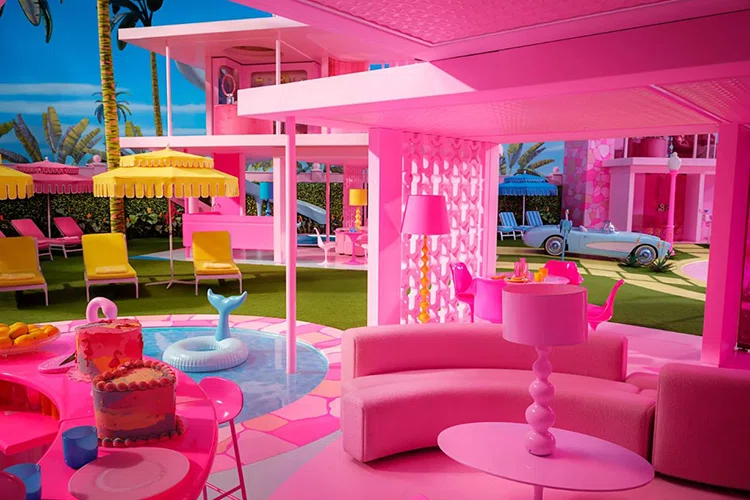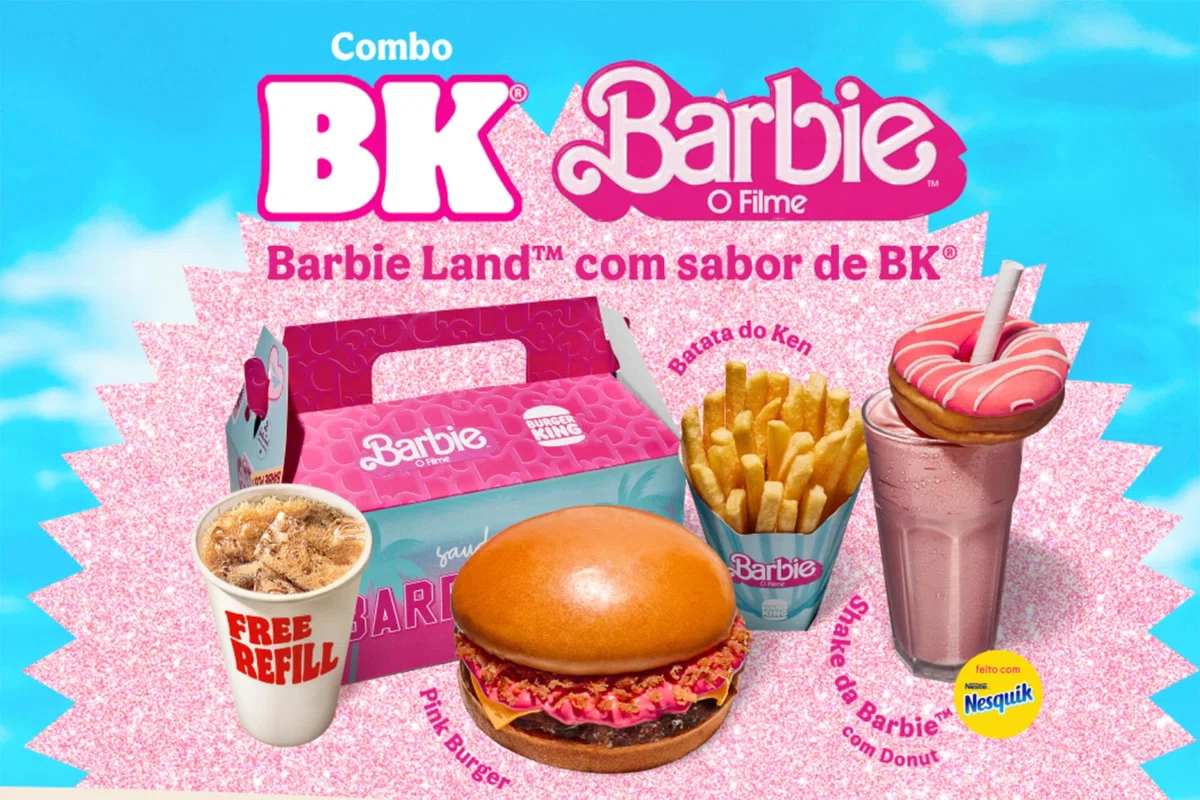What Was the “Pink Storm” Marketing That Propelled Barbie to a $1.45 Billion Worldwide Box Office?

Overview

The 2023 live-action Barbie unleashed an all-pink promotion that became a cultural phenomenon. Warner Bros. partnered with 100+ brands, even turned Google’s search results pink, and rolled out everything from Barbie-themed insurance ads to Barbie Crocs. Cities and social feeds felt as if “Barbieland” had spilled into real life.

That momentum showed up at the box office: $356 million worldwide in its opening weekend, setting the largest debut ever for a film by a female director. The campaign was widely described as a case where “culture did the advertising,” making Barbie one of 2023’s defining marketing success stories.
A Wall-to-Wall Pink Rollout and 100+ Cross-Industry Collaborations
Ahead of release, Barbie billboards took a bold, minimalist approach: Barbie-pink backgrounds with little more than the release date in the Barbie font—no copy, no character photos.

The intent was clear: build recall and attribution through color alone. While some argued the pink-only creative might not cue the brand for every audience, it proved more than enough for fans, demonstrating the strength of Barbie’s visual identity.
The campaign covered every touchpoint. Zara and Gap launched capsule collections; Crocs released Barbie-pink clogs; Burger King offered special pink-themed items; and categories from beauty to electronics and gaming rolled out “Barbie-fied” products. An actual Malibu DreamHouse was made available “Only on Airbnb” for a limited time, giving fans a bookable experience and massive earned media. In short—fashion, beauty, F&B, interiors—everyday life became an entry point to Barbie’s world.


These real-world experiences amplified coverage. The Malibu DreamHouse alone was widely reported, with over 14,000 media articles estimated globally. Long before opening weekend, the campaign had already turned public attention bright pink.
Why It Worked (Takeaways for Marketers)
Theme × Participation Fit
The film’s themes—gender, identity, self-acceptance—met the social mechanic of “everyone wears pink together.” That pairing gave people a reason to talk and an easy way to join, online and offline.
Visual Identity, Weaponized
A color-led system—pink as an immediate brand cue—plus iconic creative (e.g., a “2001: A Space Odyssey”–style teaser) generated scroll-stopping assets natively built for feeds.
Engineered “Real-World” Moments
Bookable, tangible experiences (e.g., the Airbnb DreamHouse) create reportable events—which then drive posts → articles → more posts, a loop that compounds reach.
Fan-First UGC Flywheel
People wanted to create content: outfits, selfies, memes, even double-feature jokes. Official tools (like selfie generators and photo booths) lowered the production barrier, letting fans become the ad.
Everyday Touchpoints at Scale
100+ brand tie-ups turned touchpoints into a mesh, not a line—so the campaign wasn’t merely seen; it was lived.
Closing
Barbie stacked collaboration at scale, experiential PR, UGC mechanics, and even “gamified” search into a single system—then let culture carry it farther than paid media could alone. The core lesson: design a world where anyone can play the role—put on pink, step into a box, stay in a DreamHouse—and the audience will market it with you.
Want to discuss your next campaign?
Talk directly with NextGens about brand strategy, creative localization, or Japan market entry.
💬 Chat on WhatsApp
Social-First Spread and Fan-Led Participation
The social lift was extraordinary. On Instagram, Margot Robbie’s Barbie-esque red-carpet looks, pink-drenched sets, and premiere moments were shared at scale alongside #Barbie and #Barbiecore. On TikTok, #Barbiecore had already amassed hundreds of millions of views even before release. People posted their “Barbie-pink outfits of the day,” turning feeds into a sea of pink and making participation as simple as getting dressed.
In parallel, #Barbenheimer—born from the same-day release of the tonally opposite Oppenheimer—went global with fan-made memes and videos. This entirely fan-driven, organic mash-up became free publicity for both films.
A viral video showed a giant Barbie stepping out of a box beside the Burj Khalifa in Dubai. However, reports later confirmed that it was a CGI composite created by Eye Studio rather than an official outdoor installation. The clip blurred the boundary between reality and illusion, sparking UGC and amplifying the brand’s sense of “being everywhere.” Meanwhile, real-life touchpoints accompanied the buzz — local cinemas featured life-size Barbie-box photo booths where fans could step inside and take pictures.
Dubai’s “giant Barbie” clip — CGI (not an official OOH) — blurred reality and spectacle and sparked UGC.